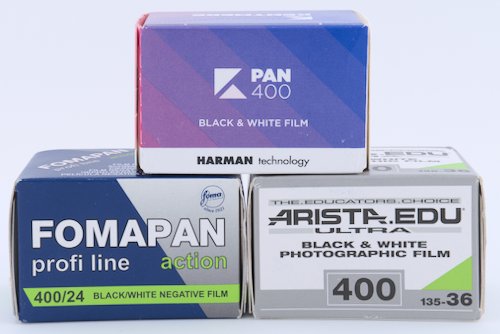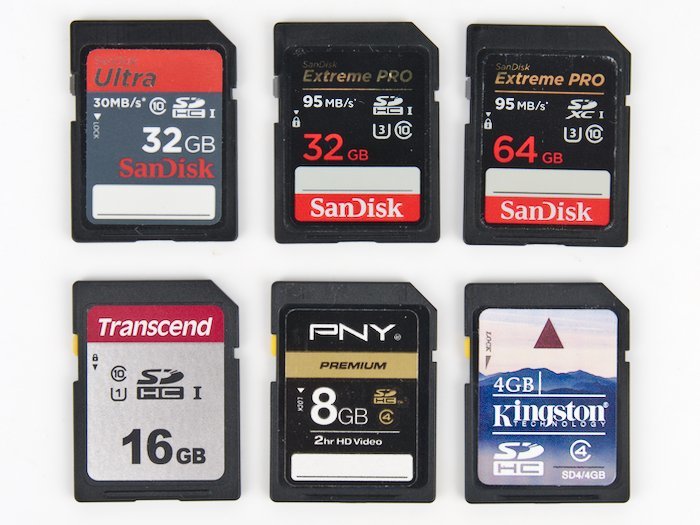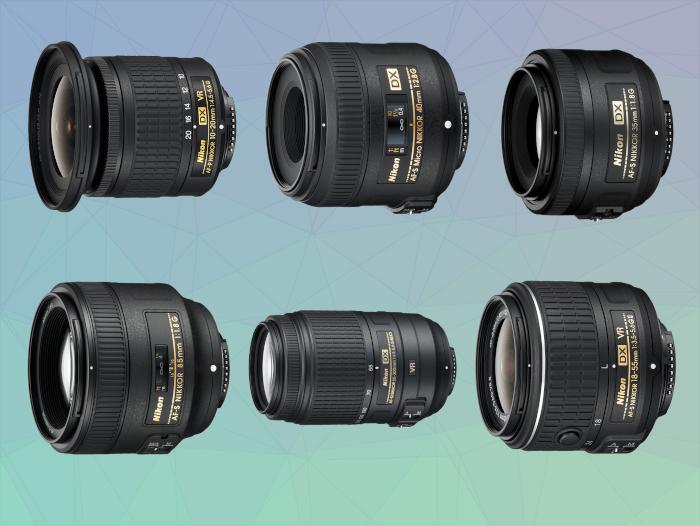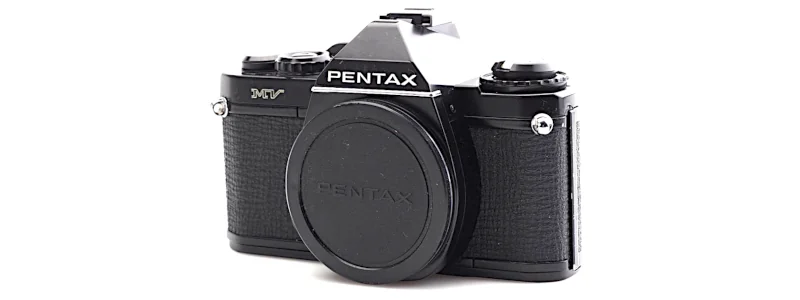
Kentmere 400: Affordable Black and White Negative Film 35mm and 120
- Nathaniel Stephan
- 35mm film
- April 28, 2023
Table of Contents
Kentmere 400 is a black and white 35mm film that is versatile and affordable, offering high-quality results in a variety of lighting conditions.
With its fine grain and medium contrast, it is suitable for a range of photographic styles, including portraits, landscapes, and street photography. Its excellent exposure latitude and wide tonal range make it a reliable choice for both beginners and experienced photographers.
Kentmere 400 ISO (ASA and DIN)
The ‘400’ in the Kentmere Pan 400 name denotes its ISO rating, which represents the film’s sensitivity to light. An ISO of 400 means that this film is moderately sensitive and performs well in various lighting conditions, from sunny outdoor settings to moderately low light indoor situations. This sensitivity allows it to capture crisp images while maintaining a good balance between grain and contrast.
Explanation of ISO
ISO, which stands for International Organization for Standardization, is a standardized measure of film sensitivity across the globe. The equivalent measure in the American Standards Association (ASA) system is also 400, because ASA and ISO use the same numerical scale.
Meanwhile, the Deutsche Industrie Normen (DIN) is a logarithmic scale used in Germany and some other parts of Europe to rate film speed. The Kentmere Pan 400 film’s equivalent DIN rating would be 27°. The higher the degree in DIN, the more sensitive the film is.
DIN’s increments are not as straightforward as ISO/ASA’s. The DIN scale is logarithmic and increases by 3° for each doubling of sensitivity.
Here is a table showing the equivalent sensitivity ratings in ISO, ASA, and DIN for each sensitivity level from ISO 25 to 3200:
| ISO | ASA | DIN |
|---|---|---|
| 25 | 25 | 15° |
| 50 | 50 | 18° |
| 100 | 100 | 21° |
| 200 | 200 | 24° |
| 400 | 400 | 27° |
| 800 | 800 | 30° |
| 1600 | 1600 | 33° |
| 3200 | 3200 | 36° |
What Does Pan Mean? (Panchromatic Film)
Panchromatic film, like Kentmere Pan 400, is a type of black and white photographic film that is sensitive to all colors of visible light. The word “panchromatic” comes from the Greek words “pan” meaning “all” and “chroma” meaning “color.”
This type of film can accurately capture the brightness of all colors, unlike orthochromatic film which is not sensitive to red light.
Panchromatic film records different colors of light as different shades of grey. The film will interpret blue as a lighter grey, and green and red as darker greys. This is why a red apple and green leaves can have very different grey tones in a black and white photo, even though they may appear similarly bright in color.
It’s important to note that while panchromatic film is sensitive to all colors of light, it does not record the colors themselves. The final image will still be in black and white.
Sample Photos
All of the sample photos were shot on a Canon FT QL. The lenses used were the Canon FL 55mm f/1.2, Canon FL 50mm f/3.5, or the Canon FL 35mm f/3.5. The Canon FL mount preceeded the Canon FD mount.
I developed the film myself with Ilford DDX. I followed the one shot development instructions. I did not push or pull the film during the developing process. There are development instructions to push Kentmere 400 two stops.
I also did the digitization with a Nikon D750, Tamon SP AF 90mm f/2.8 Di macro lens, and an improvised scaning setup involving a hole in a box.




Affiliate Advertising Disclosure
Outside the Shot is a participant in the Amazon Services LLC Associates Program, an affiliate advertising program designed to provide a means for sites to earn advertising fees by advertising and linking to Amazon.com.
As an eBay Partner, I may be compensated if you make a purchase. I also participate in affiliate advertising programs with KEH and Adorama. More can be found on the Affiliate Disclosure page.
Where to Buy Kentmere 400 Film

To get the best results, fresh film that is not expired should be used. Film should also avoid being stored in hot temperatures, that can be found in large distribution centers.
Rolls of film are available in rolls with 24 and 36 exposures. The 36 exposure rolls should be less expensive per shot.
The best place would be a local camera store. If that is not a possibility, film can be purchased online.
See current price and more information on:
Kentmere 400 120 Film

The film is also available, but can be hard to find in rolls of 120 film. This is a great option to have if you are shooting medium format.
400 ISO combined with a versatile exposure latitude is great for both daylight and low-light conditions.
See current price and more information on:
Kentmere 400 - Bulk 100 Foot Rolls

The film is available in bulk as 100’ rolls. This is for people that want to load their own film into canisters to save money.
The loading process can be done with a daylight changing bag or dark room, and daylight film loader.
See current price and more information on:
Developer Specifications (1st Step)

Taken from the official site, for Ilford Photo. The brand is a subsidiary of Harmon Technology. The site also contains the official Film Processing Chart and Kentmere Pan 400 technical data sheet.
Developing film is a complex process that relies heavily on the specific type of developer used. The developer’s role is to convert the exposed silver halides in the film into metallic silver, thereby forming the dark areas in a negative.
| DEVELOPER | DILUTION | TIME |
|---|---|---|
| ID11 | Stock | 9 ½ |
| ID11 | 1 + 1 | 16 ½ |
| ID11 | 1 + 3 | 25 ½ |
| MICROPHEN | Stock | 8 |
| MICROPHEN | 1 + 1 | 15 |
| ILFOTEC HC | 1 + 15 | 4 ½ |
| ILFOTEC HC | 1 + 31 | 8 |
| ILFOTEC LC29 | 1 + 9 | 4 ½ |
| ILFOTEC LC29 | 1 + 19 | 8 |
| ILFOTEC LC29 | 1 + 29 | 11 |
| ILFOTEC DDX | 1 + 4 | 11 ½ |
| ILFOSOL 3 | 1 + 9 | 6 ½ |
| ILFOSOL 3 | 1 + 14 | 11 |
Different dilutions in developers are used to control the contrast and granularity of the film. Less dilution (i.e., a higher concentration of developer) tends to result in greater contrast and coarser grain, while more dilution typically yields finer grain and less contrast. These variations can give photographers control over the aesthetic of their final image.
ID-11 Developer
ID-11 is a fine grain film developer for all general film processing requirements. It creates excellent image quality with optimal sharpness.
As you can see from the table, ID-11 can be used without dilution (stock), or it can be diluted in ratios of 1+1 or 1+3. The more diluted the developer, the longer the development time, but it also allows for a finer grain and less contrast on the final negative.
The choice of dilution depends on the desired final image results and grain structure.
MICROPHEN Developer
MICROPHEN is a fine grain developer that gives increased film speed with modern film emulsions. When used at stock strength, it allows for a speed increase with films like Kentmere 400, which can be beneficial in low light conditions.
Dilution 1+1 does not offer this speed increase but gives fine grain negatives with full film speed.
ILFOTEC HC Developer
ILFOTEC HC is a highly concentrated developer that is diluted to use. This developer offers fine grain and good sharpness.
Different dilutions provide flexibility in development times, grain, and contrast. Lower dilutions (e.g., 1+15) will develop faster but may lead to increased grain, while higher dilutions (e.g., 1+31) take longer but can offer finer grain and less contrast.
ILFOTEC LC29 Developer
ILFOTEC LC29 is a highly concentrated liquid developer. This versatile developer offers a range of dilutions for varied contrast and time.
Like HC, LC29 offers less grain and contrast but requires longer development time at higher dilutions.
ILFOTEC DDX Developer
ILFOTEC DDX is a fine grain developer that provides excellent speed use and sharpness with modern films. It’s generally used at a 1+4 dilution for most films.
ILFOSOL 3 Developer
ILFOSOL 3 is a general-purpose, liquid black and white film developer. It’s favored for its fine grain and sharpness, particularly suited for slower speed films. It can be used at a dilution of 1+9 or 1+14, with the latter requiring a longer development time but providing finer grain.
Stop Bath with ILFOSTOP (2nd Step)
| STOP BATH | ||
|---|---|---|
| ILFOSTOP | 1 + 19 | 10 secs |
The purpose of the stop bath is to immediately halt the action of the developer on the film. This ensures that the images are not overdeveloped, thereby maintaining the desired level of contrast and detail in the final images.
ILFOSTOP is a low odor stop bath solution that is part of the ILFORD range and is specifically designed for this task.
To use ILFOSTOP with Kentmere 400 film, you will first need to mix the ILFOSTOP solution according to the manufacturer’s instructions. Once the developing stage is complete, immediately immerse the film in the stop bath solution.
ILFOSTOP acts rapidly and only requires the film to be in the bath for about 10 seconds, with continuous agitation during this time. Make sure to maintain a constant temperature, ideally around 20°C (68°F), during this process for consistent results.
ILFORD Fixer or Wash Bath (3rd Step)
| FIXER | ||
|---|---|---|
| RAPID | 4 | 2-5 |
| Wash | 10 |
After the stop bath, the film needs to go through a fixing process. Fixing is crucial as it removes the unexposed silver halides from the film, making the film’s image permanent and insensitive to further exposure of light. The ILFORD Fixer is a rapid fixer that can be used in this process.
To use ILFORD Fixer with Kentmere 400 film, prepare the fixer solution as per the manufacturer’s instructions.
Then immerse the film in this fixer solution for about 2-5 minutes at a temperature of 20°C (68°F), ensuring the film is continuously agitated for the first minute and subsequently for 10 seconds every minute thereafter.
After the fixing process, the film should be thoroughly washed to remove any residual fixer, which can cause the film to deteriorate over time if left on. The wash bath should consist of water at a similar temperature to your fixer solution. The film should be washed for at least 10-20 minutes, with the water being refreshed every 5 minutes.


